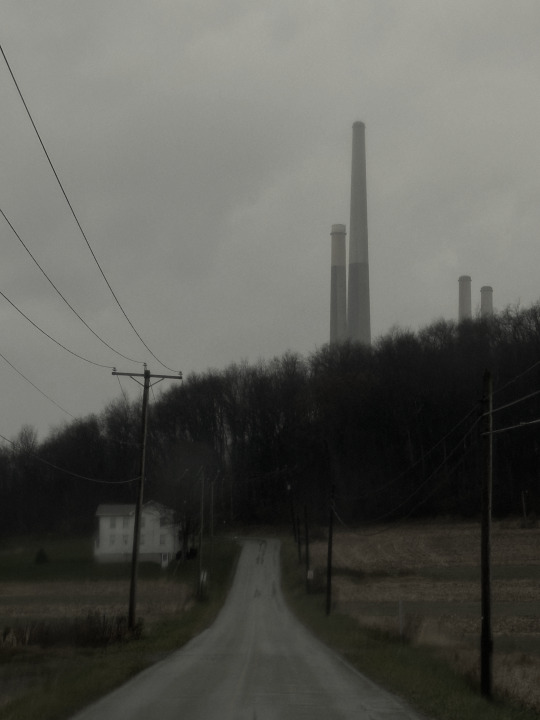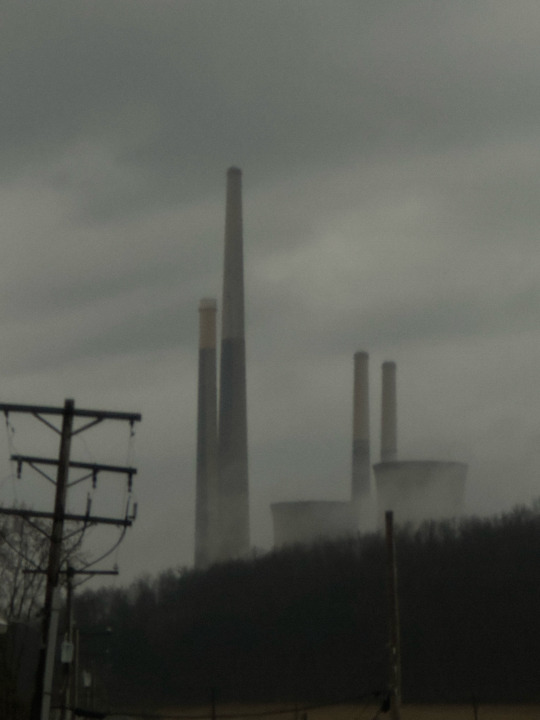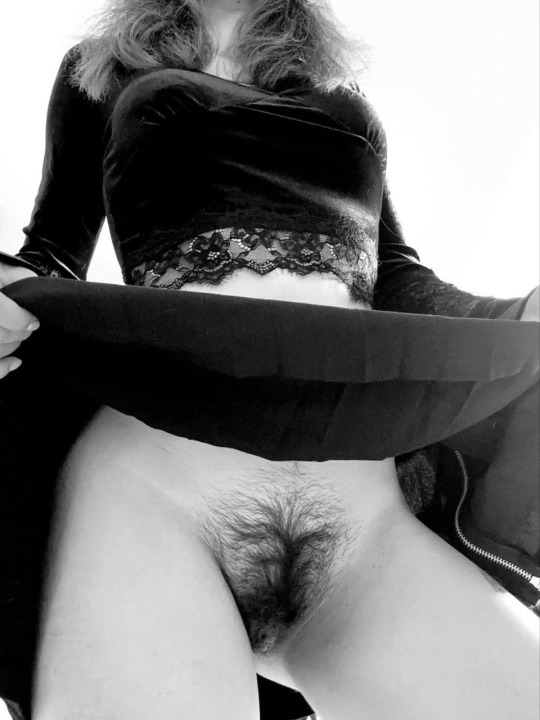Text


Lady Ethel Cain surfaces here, one of the few young artists active today who is truly contemporary. Cain’s latest album Perverts situates itself in the modernist, hauntological, dark ambient genre (a genre haunted by Fisherites and middle class socialists). However, it has an explicit sexuality, which is eerie, uncanny and monstrous. Strange voices whisper “masturbator” over muffled machine sounds. Ethel Cain is not just music, though — its a reality tunnel. Venture over to Tumblr and YouTube, and you find a devoted fan cult; acolytes calling Cain “mother”; Cain lecturing on how to access God via “the ring” in music; erotica; blog posts about being masturbating to power stations; horror movies, and more. This is no fringe artist, either — Cain recently completed a world tour and her single from her previous album was included in Barack Obama’s favorite songs. Of course, much of this stuff has been present in previous subgenres, but the interactivity has never been so evident. Cain is not a pop-star broadcasting to fans, she is a networked hijra, openly researching and writing about Baudrillard and simulacra while steering the cult. She’s transgender, but it is not a draggy or an inclusive vision of queer, but one that is battered and bruised, raped and razored, clutching out of rural human flak towards God. Cain’s art is also explicitly religious, setting it apart from the modernists, who can only ever approach religion through irony and cynicism.
Working negatively, we can then begin to sketch the contours of what a truly contemporary art for the mid-2020s and beyond would look like. It would need to be able to find the transcendent in our immanent experience, which is of quasi-enchanted algorithms, interfaces and AIs whispering in our ears, having conversations with us, watching our late night work sessions, acting out our masturbatory fantasies, facilitating our closest relationships and bitterest enmities. An art which represents the ambient, ever-presence of the internet, its intensive fields, its translocal topologies, and its irreducible singularity. An art with no clear temporal or spatial boundaries, of overlapping fields and zones. An art which feels deeply familiar, intimate and connected with us, and simultaneously alien and machine-like. Organic, erotic, plastic, gothic. The music will abandon 20th century pop timekeeping and hit song structures, preferring expansive ambient scapes, rhythms transformed electronically into gradient shading, or overlapping in polyrhythmic sequences inspired by African and Asian drumming. Vocals will become increasingly improvised, augmented, and calculated to induce trance states. Binaural beats will be exploited for brainwave modulation. Narratives will unfold through sequences of stories as if the fictional world is also happening in real time. Films and recording sessions become immersive Schelling points for virtually coordinated networks of artists, production taking place in cyberspace via stacking matrices of conspiracies long before and after any of the principle agents have met. Context and Public become indispensable as ambiance is everything. Visuals infect your laptop and smartphone themes for weeks. Works of art cede to webs of art, sticky, gooey, hungry…
#dark renaissance#art#dark academia#creative writing#writing#ethel cain#ethelcore#mother ethel#esoteric#daughters of cain#perverts#philosophy
1 note
·
View note
Text

The concept of "heart full of love" has been a timeless expression throughout human history, symbolizing the deep emotional and spiritual connections between individuals. In the early 20th century, particularly in the 1920s, the concept of love began to evolve in popular culture, with artists and writers embracing a more open, expressive portrayal of romantic emotions. Literature, art, and music from this era reflect a shift toward embracing love as a powerful, transformative force, influencing individuals and societies. The post-World War I generation, in particular, saw a rise in the celebration of emotions and human connection, marking a transition into a new cultural era of self-expression.
By the mid-20th century, love as an ideal became central in music, film, and other forms of popular culture. The rise of soul and pop music, along with iconic love stories in cinema, continued to build on this theme of a "heart full of love," inspiring generations to value emotional connection and the power of affection. From the 1950s onwards, love was portrayed not only as romantic but also as an ideal for all human relationships, further embedding this concept into the global consciousness. Today, love continues to be an essential part of social expression, celebrated in various forms through both traditional and digital media.
21 notes
·
View notes
Text

down to the archives
mono life
© 2025 sometimes I take pictures
226 notes
·
View notes
Photo




have been seeing these smokestacks far in the distance every single time i take the highway east from pittsburgh and i finally decided to hunt them down today. the drive up to them was a spiritual experience.
(x)
3K notes
·
View notes
Text

Hailee Lautenbach by Graham Dunn
- Playboy, Spring 2021
27 notes
·
View notes
Text

Izabela Guedes by Kanya Iwana
- Playboy, Winter 2021
8 notes
·
View notes
Text

#shailasabt
STILL ROCKIN’.
We post glorious pinups like this one all day, every day, all unique! If you dig this pic we’ve found online, u should investigate the creator/subjects of the work and fan them, follow them, hire them.
If you’d like us to remove, or you know who made this so that we can credit, DM. Thanks and greetings from Los Angeles.
YOU ARE THE LIGHT
Dr Rubin’s Pomade
3 notes
·
View notes
Text
Marilyn Monroe in How to Marry a Millionaire 1953
220 notes
·
View notes



















